Press
September 30, 2021
What Is a Low-Histamine Diet, Exactly?
Experts weigh in on exactly who should be following this eating plan and how it can benefit those with histamine intolerance.
By Kelsey Ogletree | Article Originally Posted on Shape.com
You’re probably familiar with antihistamines — those OTC medications (think: Benadryl) that can help you score some relief from annoying allergy symptoms such as sneezing and runny nose. But you may not know much about their counterpart: the chemical called histamine, which is naturally found in your body as well as in the food you eat. You get those allergy symptoms when a trigger, such as pollen, is mistaken by your body as a threat, causing the release of histamine. But you can also experience them, and/or migraine headaches, digestive troubles, among other negative effects, if you eat certain foods, such as avocados, yogurt, or peanuts — all of which are high in histamine. And if that’s the case, then you might be suffering from something called histamine intolerance. But that’s where a low-histamine diet comes in.
Read on to learn more about the low-histamine diet, including what it is, who should follow it, and a sample weekly meal plan.
What Is Histamine?
In addition to the histamine that your body makes, histamine is also naturally present (or can develop) in certain foods, says Dr. Burkhart. “Almost all foods contain some amount of histamine, but some have particularly high levels, such as fermented foods and processed meats.”
Histamine becomes a problem when it’s overly abundant — meaning the total amount of histamine circulating in your body exceeds your body’s ability to break it down. More specifically, diamine oxidase — aka the DAO enzyme — is what’s responsible for breaking down histamine and clearing it from your body, explains Dr. Burkhart. Unfortunately, the DAO enzyme can become blocked by certain mediations (e.g. antidepressants) and foods (e.g. black tea, alcohol) or you could be born with a DAO enzyme deficiency, says Praveen Buddiga, M.D., Fresno, California-based physician and a fellow of the American Academy of Allergy Asthma and Immunology. If the DAO enzyme becomes blocked, histamine can build up in the body, ultimately causing histamine intolerance.
What Is Histamine Intolerance?
Histamine intolerance is a sign that you have too much of the chemical in your body. Dr. Burkhart notes that histamine intolerance is currently a clinical diagnosis, but there’s no agreed-upon diagnostic test at this time. That said, it is possible to measure DAO activity and histamine levels in the blood, which could help a doctor determine whether histamine intolerance is present. (Related: Do You Really Have a Food Allergy?)
Histamine intolerance may be something you’re either born with or develop over time, says Dr. Buddiga. A few diet-related causes of this include overgrowth of bacteria in your GI tract, which may result in too much histamine in your bloodstream; other gastrointestinal disorders, such as Crohn’s disease or ulcerative colitis, that cause fluctuating histamine levels; and intake of histamine-rich foods, such as smoked meats and fermented items (e.g. sauerkraut), which can raise your histamine levels overall, says Dr. Buddiga. Symptoms of histamine intolerance are wide-ranging and may include hives, digestive issues, vomiting, headaches, nasal congestion, stuffiness, abnormal menstrual cycles, tiredness and fatigue, abdominal cramping, heart palpitations, anxiety, and difficulty regulating body temperature and blood pressure, says Dr. Buddiga.
He adds that while there is no treatment to completely get rid of histamine intolerance, you can possibly decrease your body’s histamine intolerance through dietary changes — thus, the low-histamine diet.
What Is a Low-Histamine Diet?
It’s an eating plan that focuses on minimizing the total amount of histamine you consume daily by eliminating particular foods that contain higher levels of histamine, says Dr. Burkhart. While it’s impossible to avoid histamine in foods altogether, opting for those with less of the chemical can help decrease overall histamine intake. And this, in turn, can be used to prevent histamine overload — and reduce the risk of developing a histamine intolerance — for those who can’t break it down fast enough. Unfortunately, this diet won’t get rid of your intolerance entirely.
In addition to opting for low-histamine foods, the diet also involves eliminating foods and drinks that block the action of the DAO enzyme. “You can think of the DAO enzyme as similar to lactase that helps people digest lactose, the sugar in milk,” says Dr. Burkhart. “People who are lactose intolerant may avoid lactose-containing foods or take a supplemental lactase pill when they eat dairy products [to be able to digest dairy].” (Related: 5 Ways Giving Up Dairy Changed My Life)
She adds that research’s still evaluating whether supplemental DAO enzyme pills on the market can be helpful in decreasing symptoms of histamine intolerance. For now, here’s the scoop on what pros know at the moment and who should follow a low-histamine diet plan.
Who Should Follow the Low-Histamine Diet?
It’s important to note that the low-histamine diet isn’t to induce weight loss. It’s typically recommended for someone experiencing symptoms related to histamine excess, says Dr. Burkhart. The challenge is that these symptoms can be caused by many other conditions, she adds. “It’s crucial to determine why the symptoms are happening because the best treatment may not always be a low-histamine diet,” she explains. (Related: What’s the Best Diet for PCOS?)
For example, if you have a true food allergy, testing may reveal that certain foods may need to be removed from your diet vs. eliminating the entire list of histamine-containing foods, says Dr. Burkhart. The same could be said for medications (such as some antidepressants and antibiotics) that could be at fault, and switching up your meds could be the better solution. What’s more, certain symptoms (e.g. nausea, vomiting) might actually be related to conditions such as celiac or inflammatory bowel disease, and, in that case, treatment may also be completely different, she adds. In any of these cases, following a low-histamine diet in place of whatever might be the more proper treatment could do more harm than good.
And while you can try an elimination diet (removing foods high in histamine content and monitoring symptoms) to try to determine the cause of your symptoms, Dr. Buddiga emphasizes that you should not try to self-diagnose histamine intolerance — always see a doctor. (Related: What Is a Low-FODMAP Diet, Exactly?)
Even if your doctor doesn’t diagnose you with histamine intolerance, following a low-histamine diet can also be a helpful method for treating the following conditions:
- Migraines
- Recurrent hives
- Mast cell activation syndrome (MCAS)
- Postural orthostatic tachycardia syndrome (POTS)
- Inflammatory bowel disease
- Celiac disease if on a gluten-free diet and still having symptoms
- Asthma
- Allergies or hay fever
- Long-haul COVID-19
Keep in mind, however, that histamine intolerance is a relatively newly discovered condition, so the low-histamine diet has not been well studied in all conditions, says Dr. Burkhart. She adds that a low-histamine diet is typically used presumptively in conjunction with other treatments after a proper medical evaluation.
Foods to Eat on a Low-Histamine Diet
Here’s the thing: There’s some controversy surrounding what foods to eat on a low-histamine diet because it’s difficult to accurately measure the histamine content of foods, says Dr. Burkhart. Specifically, research show’s this is because the histamine level in edibles “varies depending on multiple factors,” including pH, salt levels, and protein content, among others. Additionally, “many factors affect the histamine content beyond the food itself, [including] variables such as temperature, age of food, and method of processing or manufacturing,” she adds. For example, the histamine content of food rises as it ages (i.e. aged cheddar contains more histamine than fresh mozzarella).
That said, some foods are commonly believed to be naturally low-histamine, and are thus, often recommended as part of a low-histamine diet, according to Dr. Buddiga. These include:
- Fresh meat (not cured)
- Fresh fish
- Fresh vegetables
- Eggs
- Quinoa
- Rice
- Coconut or almond milk
- Olive oil
Foods to Avoid on a Low-Histamine Diet
Conversely, the below foods and drinks are thought to have a naturally high histamine level and should be avoided if you’re following a low-histamine diet, says Dr. Buddiga:
- Avocado
- Alcohol
- Fermented foods and beverages, like sauerkraut or kombucha
- Smoked meats
- Aged cheese
- Yogurt
- Dried fruits
- Eggplant
- Shellfish
- Walnuts
- Cashews
- Peanuts
- Papaya
Always consult your doctor or dietitian before eliminating foods or making significant changes to your diet.
Sample Weekly Low-Histamine Diet Meal Plan
The low-histamine diet isn’t meant to be followed long-term, and you should reintroduce foods after a specified elimination period under the guidance of a medical practitioner (usually 4-6 weeks), explains Dr. Burkhart. (Related: What It’s Really Like to Be On an Elimination Diet)
When following a low-histamine diet, it’s also important to consider the age of food as histamine content rises as edibles get older, explains Dr. Burkhart. So, you might need to toss leftovers and get into the habit of freezing food immediately after cooking or buying.
Keeping all of these precautions in mind, here are sample food ideas for breakfast, lunch, dinner, and snacks on a low-histamine diet, according to Dr. Burkhart:
Breakfast
- 1/2 cup dry brown rice cereal with 3/4 cup coconut milk and 1/2 peach
- Sweet potato hash made with 2 small sweet potatoes, 1/4 cup coconut cream, 1/2 teaspoon rosemary, and salt and pepper to taste
- 1/2 cup oats made with 1/2-3/4 cup oat or coconut milk, 1 teaspoon maple syrup and 1/2 cup low-histamine fruit (e.g. apples, blueberries, cherries)
- Smoothie with 1 cup oat or coconut milk, 1/2-1 cup frozen mango, 1/4 cup chia seeds, 2 kale leaves, 1 teaspoon vanilla extract and 1/2 teaspoon grated ginger (optional)
- Chia pudding with 1/4 cup chia seeds, 1/4 cup oat or coconut milk, 1 teaspoon vanilla and 1/2 cup fresh or frozen blueberries
Lunch
- Quinoa salad made with 1 cup quinoa, 1 cup diced zucchini, 1/4 cup cilantro, 1/4 cup green onions, 3 ounce chicken seasoned with salt and pepper, 1/4 cup grated carrots and 2 tablespoon fresh mint; toss with dressing of 3 tablespoon olive oil, 1-3 teaspoon honey, 1/8 teaspoon vitamin C crystals (Buy It, $17, amazon.com) — which can add tartness in place of lemon or lime, as citrus can be problematic for those with histamine intolerance, says Dr. Burkhart — and salt and pepper to taste
- Zucchini potato soup made with 1 cooked potato, 4 cup chicken stock, 2 cloves garlic, 1 diced onion, 1/2 tablespoon olive oil, and salt and pepper to taste
- Vegetable pasta made with 1/2 cup uncooked rice or quinoa pasta, 1 cup broccoli, 1 cup butternut squash, 1/2 bell pepper, 1/2 cup diced zucchini; sauté vegetables with 1 tablespoon olive oil, 1 teaspoon thyme, 1 teaspoon oregano, 1 teaspoon rosemary, 1/2 teaspoon basil, and salt and pepper to taste
Dinner
- 3-4-ounce hamburger patty on a grain-free cassava wrap (Buy It, $62 for pack of six, amazon.com) seasoned with garlic salt, onion powder, and pepper; 1 cup baked potato fries (from fresh potato); and green salad with 1 cup arugula, 1 cup romaine lettuce, 1 shredded carrot and 1/2 cup diced cucumber, tossed with dressing made with olive oil, minced garlic, onion and a pinch of vitamin C crystals
- 3-4-ounce grilled chicken breast seasoned with rosemary, salt and olive oil; 1 sweet potato cut into strips, tossed with olive oil and baked at 400° F for 15-20 min.; 1 cup steamed asparagus with garlic and olive oil to taste
- Coconut veggie rice bowl with 3/4 cup uncooked rice; stir fry 3 carrots, 1/2 cup cabbage, 1/2 cup broccoli, 1/2 cup zucchini and 1 red onion in olive oil; add 2 cups coconut milk, 1 teaspoon curry powder, and salt and pepper to taste and pour over cooked rice
Snacks
- Low-histamine fresh fruit such as 1 apple, 1 cup blueberries or ½ cup cherries (avoid citrus and strawberries) with 1-3 ounce macadamia nuts or walnuts
- Plantain chips made with 1-2 sliced plantains tossed with olive oil and baked at 375° F for 20 minutes
- Sliced apple with 2 tablespoon walnut or macadamia butter (See also: Everything You Need (and Want) to Know About Nut Butter)








